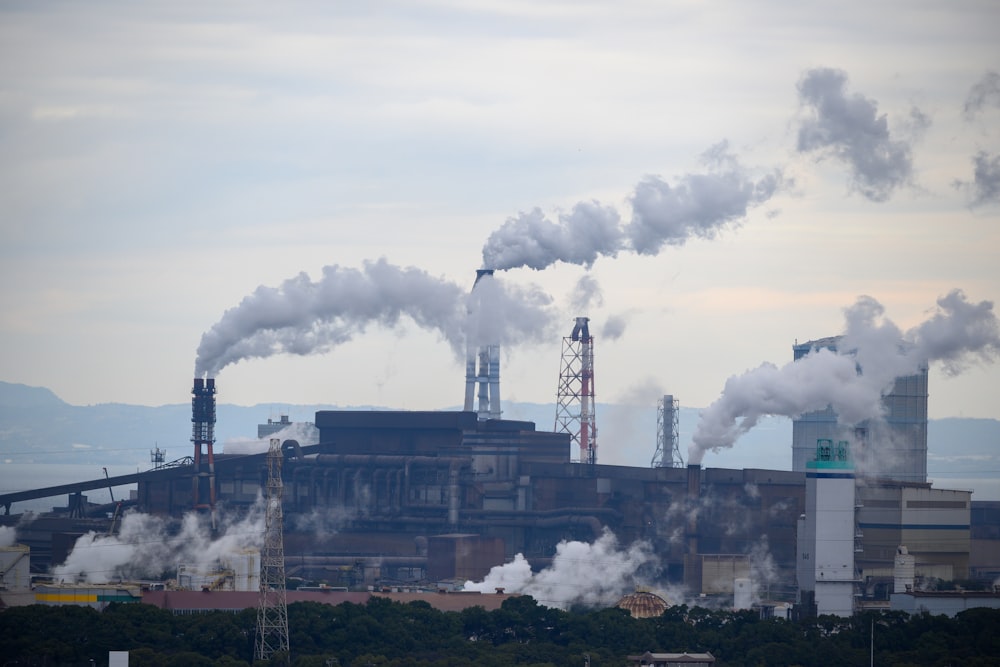One of the great mysteries of the information age is how we can know so much and do so little about it. The greatest example of this is perhaps climate change and its associated risks. We know that the world is growing hotter by the day, that the ocean is claiming more land every day, that we lose more and more crops to draughts and natural catastrophes every day, that people are already dying from this man-made risk and yet, contrary to the narratives of great Hollywood blockbusters, humanity is not banding together to take on this great existential threat as heroic music swells in the background. Ironically, the exact opposite is happening. It feels like more countries fall to climate change denying sentiments daily and worse, climate change denying governments that make any action on this fast-approaching, species-ending threat seem like a miracle. Even though most of us might feel like giving up when faced with these seemingly insurmountable odds, truly miraculously, there are some people left fighting the good fight. One of them is Liam Bell, this week’s guest and co-founder of the Climate TRACE project!
What is Climate Trace?
In order to tackle climate change, governments and coalitions around the world first need to know where emissions even come from. Unfortunately, even this is not as easy as it sounds. Not only are emissions released all over the world without being documentrd, but some governments and actors also actively hide these numbers to further their own profit. Climate TRACE uses satellite imagery, ground truth measurements and artificial intelligence to build models and estimate sectoral emissions more accurately. By providing more details of global emissions at ever greater speeds, Climate TRACE can become a powerful tool for climate-saving coalition wanting to reduce emissions and maybe even save the world.

What can Climate TRACE actually do?
The mining industry is one of the few sectors in which global emissions are actually monitored and reported. Yet, even in this sector, problems arise with an accurate account. Not only does this process encounter logistical questions like if a country even has the capacity to track its sectoral emissions and if it can account for how much diesel industries are actually burning rather than just buying, but not all countries agree to a global responsibility of reporting these numbers in the first place. In unmonitored sectors, the risks are even higher. Plastic waste burning and the multiple environmental and health risks stemming from it, are not measured at all. This means that the global community is unaware of precisely how many toxic pollutants are being released into the atmosphere, making it impossible to accurately predict and mitigate environmental, climate, health, risks, etc.
Climate TRACE’s goal is to measure these numbers more accurately and make them more transparent to the public. Currently, Climate TRACE relies on a data set from 2015 – 2020. Audiences can freely and easily look at this data for all available sectors on the Climate TRACE website. Climate TRACE hopes to keep optimizing this technology until monthly or even weekly reports are possible that can help corporations and other actors measure small changes in emitting behaviour. Beyond timely granularity, Climate TRACE strives to be able to pinpoint very specific locations like singular mines in order to gauge their CO2 or Methane emissions. By making this information public, Climate TRACE not only enables coalitions to more effectively target and reduce global emissions and mitigate associated risks, but it opens our eyes wider to the damaging impact our lifestyles (especially in the developed world) are having on the environment and communities around the world. It demands we look inwards at these lifestyles and ask ourselves, seriously, if there is anything we as a singular person can do or live without to save the climate and reduce global emissions.
